
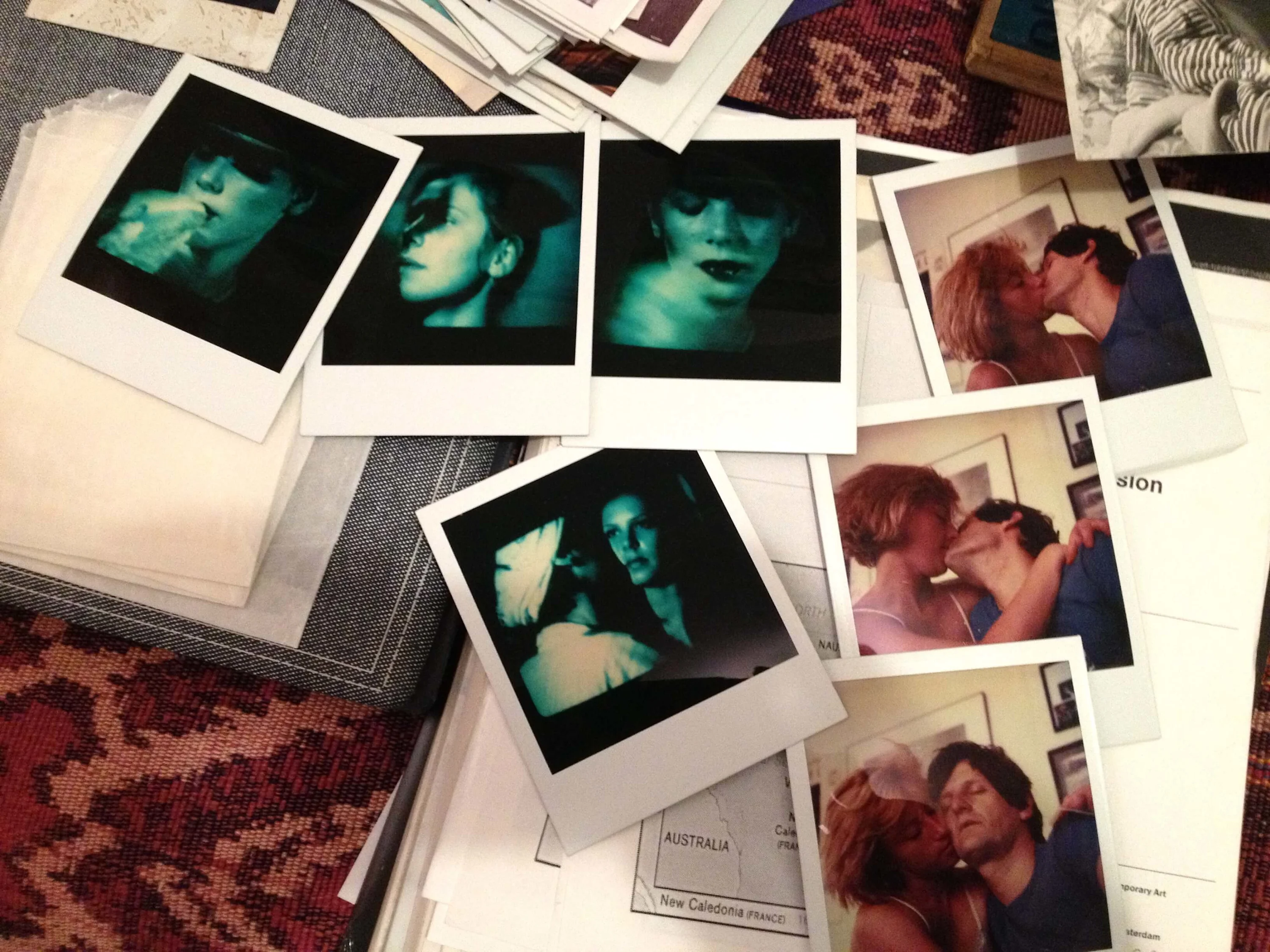
From 1969 to 1982 Michel Auder took thousands of Polaroids. Like his films they are a deeply personal record of his life. Bruno Bayley reflects on how Auder’s works exist in the space where memoir meets documentary, combining to create a sort of cinéma vérité diary, punctuated by now-famous faces and diversions, unified by an eye for transient moments of beauty.
This is a feature made in collaboration with Platform, a site that offers people the opportunity to easily buy artworks from some of the most exciting contemporary artists in the world. We work with them each month to highlight one of their selected artists.
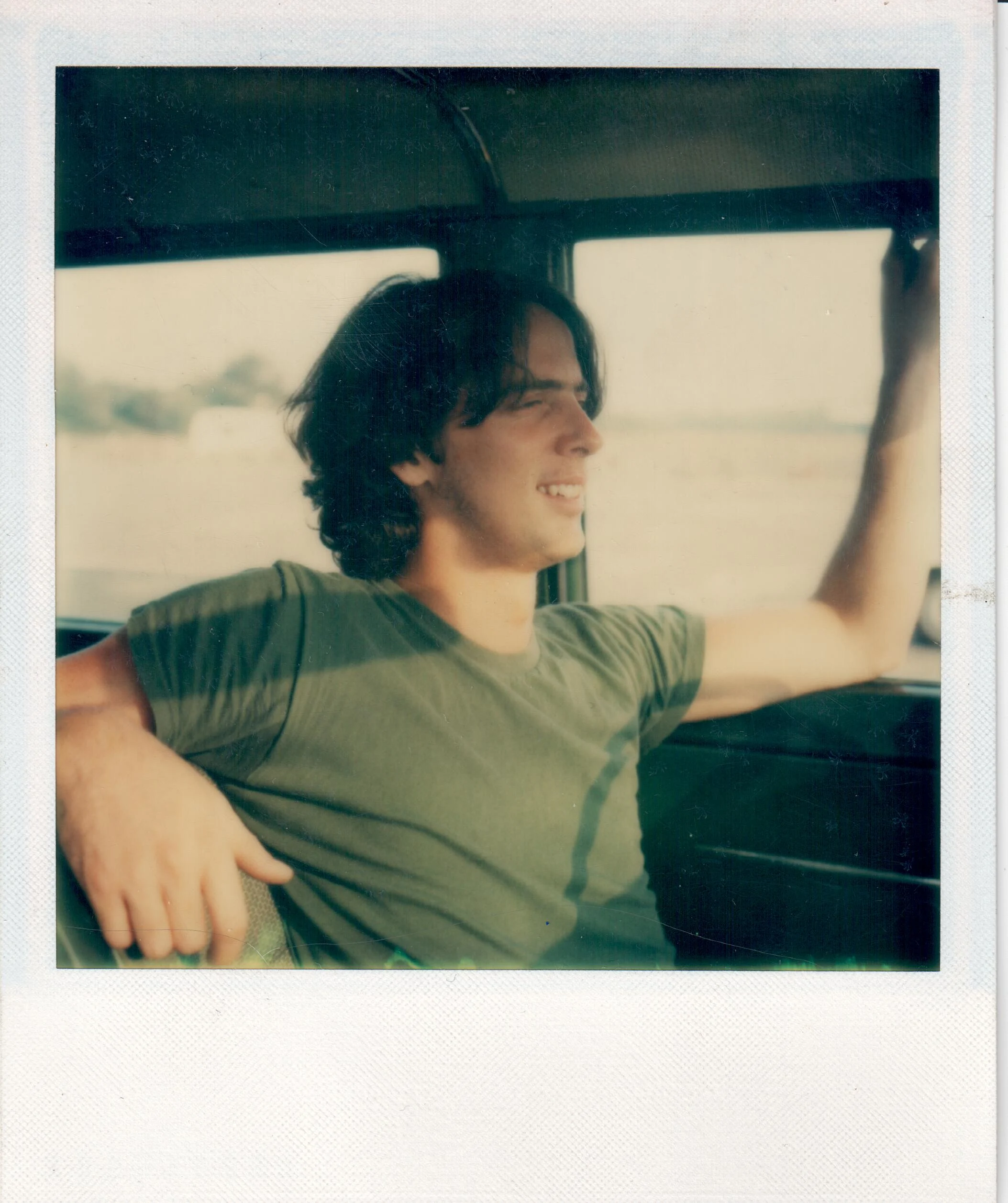
“They say it makes a man out of you, joining the army, but for me it awakened my political instinct. It made me a raving leftist.” Being sent to Algeria in 1962 having been conscripted into the French Army precipitated the first of two awakenings that the filmmaker, Michel Auder, credits with propelling him to move to New York City in 1969. The second awakening came during the tumultuous year of 68 when riots, protests and rebellions erupted around the world–with France particularly wracked by unrest. Auder, uninterested in “having his head cracked” by the police, was disappointed by politicians of all denominations. No longer aligned with the radicals and activists he’d once stood alongside, Auder’s political stance was now limited to the personal realm, “I decided to be political in myself, in the way I conducted my life.” His work became ever more personal too. His films and photographs were, and continue to be, primarily autobiographical. They trace decades of his life, family and friends, and these scenes are interspersed with less diaristic moments of fleeting beauty seen in the everyday.
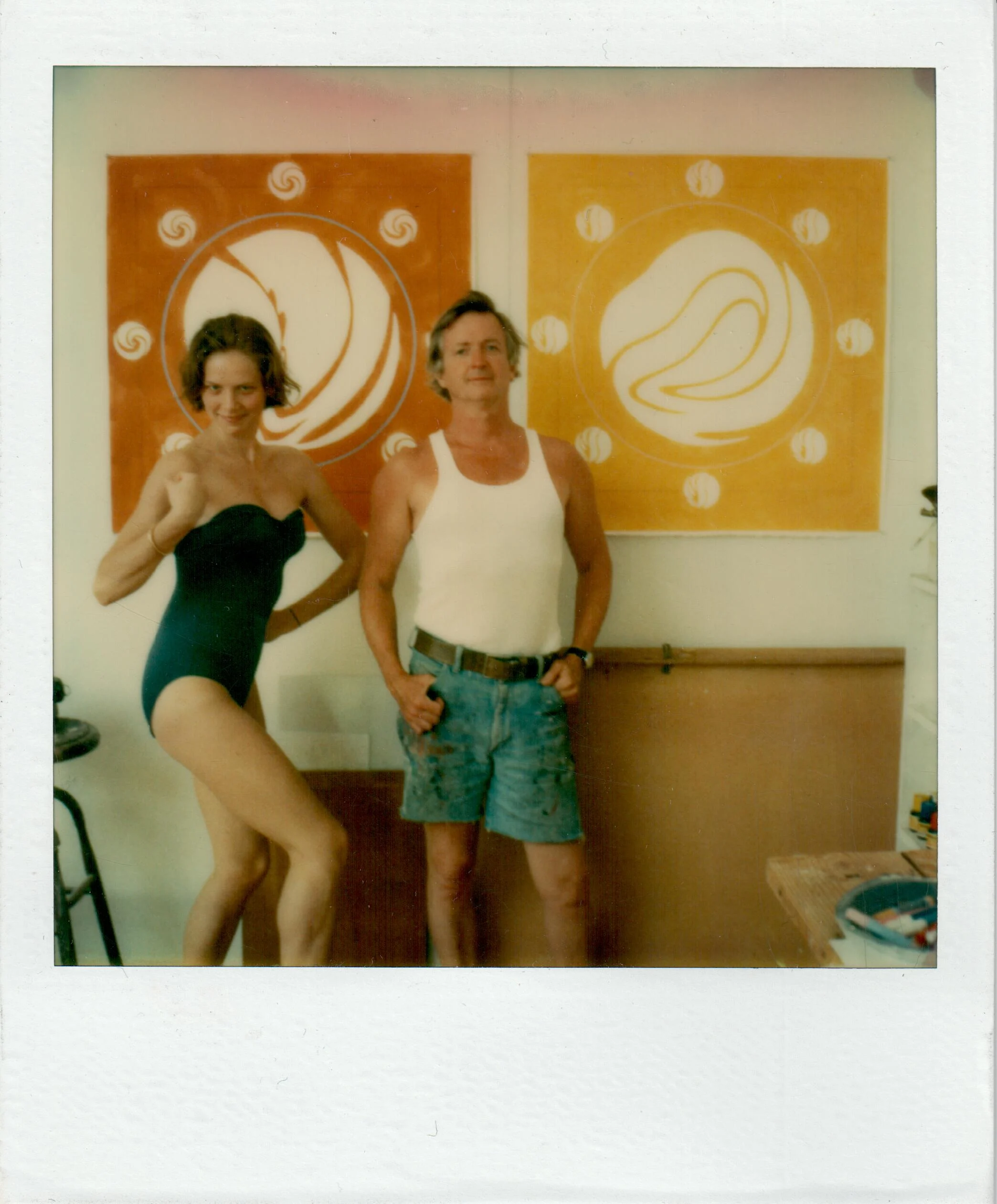
Not long after settling in New York, Auder met his wife-to-be, the Warhol Superstar Viva, who was walking through Chelsea with Nico in the early hours one morning. “I shouted, ‘Hey… Nico!’ and they took me to a party. I hooked up with Viva, and the rest is history.” Auder made his first widely-known project, a film about Viva’s daily life while working on Warhol’s Blue Movie titled “Keeping Busy.” Soon the pair would be living together at the famed Chelsea Hotel, fully ensconced in the neighbourhood’s now-fabled 70s scene.
Auder’s early adoption of video—a medium which allowed him to relentlessly document all around him—was to set the tone for a career marked by the welcoming of new tools and formats. “[Video] just made sense to me. These machines were instant. You didn’t have to deal with a lab or prints. From there there was no way to return.” While video presented him with a way to document his daily life intimately and instantly, it wasn’t without its drawbacks, “It was also my demise, in a way, because people thought I was a failure – using video to make film works. Now people think [the aesthetic] is cool, but at the time it was just seen as poor quality.”
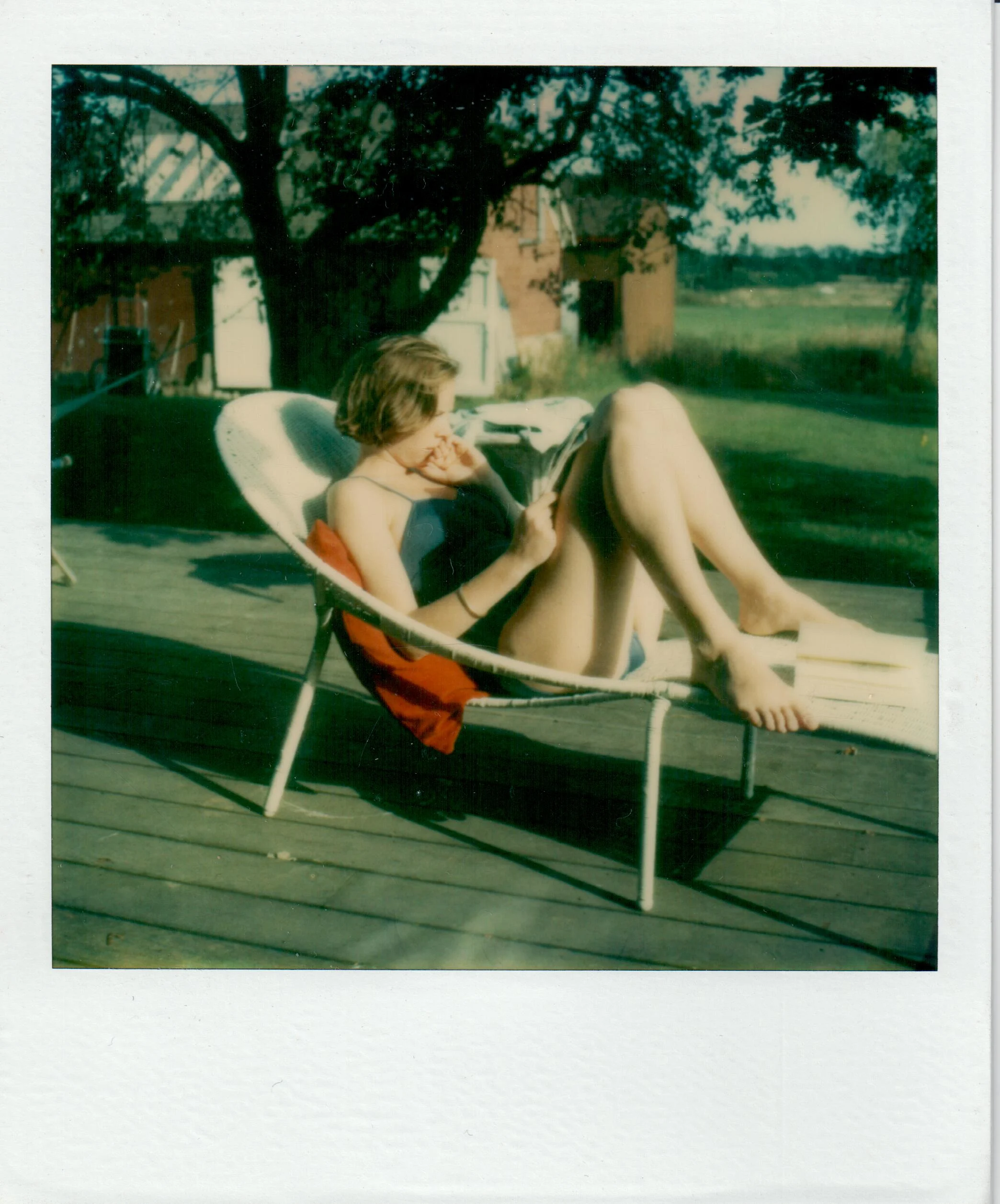
Like video, Polaroids were instant, accessible, and produced comparatively low quality images. “My instinct just drew me to use them. My Polaroids hold the same interest for me that my video tapes do… they are about my life, the people I was with, the things that were happening. They are autobiographical.” More often regarded as a filmmaker than a photographer, Auder doesn’t care for the distinction, the still and moving image are “purely parallel” for him. “I am a photographer. I am a filmmaker. Sometimes I take single images out of my films, when I think they are perfect. People call them ‘film stills,’ but they’re not, they’re photographs. There’s no difference. They are all connected.”
Auder revels in the technological innovations that have, over his decades long career, forced trusted tools into retirement. “With a painter, they start painting with paints and a canvas and they’re fucked: they have to do it all their life! But for me, I started with one thing, and then it was taken away, so I’ve had to change. From reel to reel, to video, to polaroids… whatever.” Whether he’s shooting on iPhone or a Sony Portapak, Auder’s interest in the world around him—in moments of singular beauty—is a constant. “A new tool changes my work, maybe changes my style or my way of picturing things, but it doesn’t change my mind. [A new tool] makes you new again.”
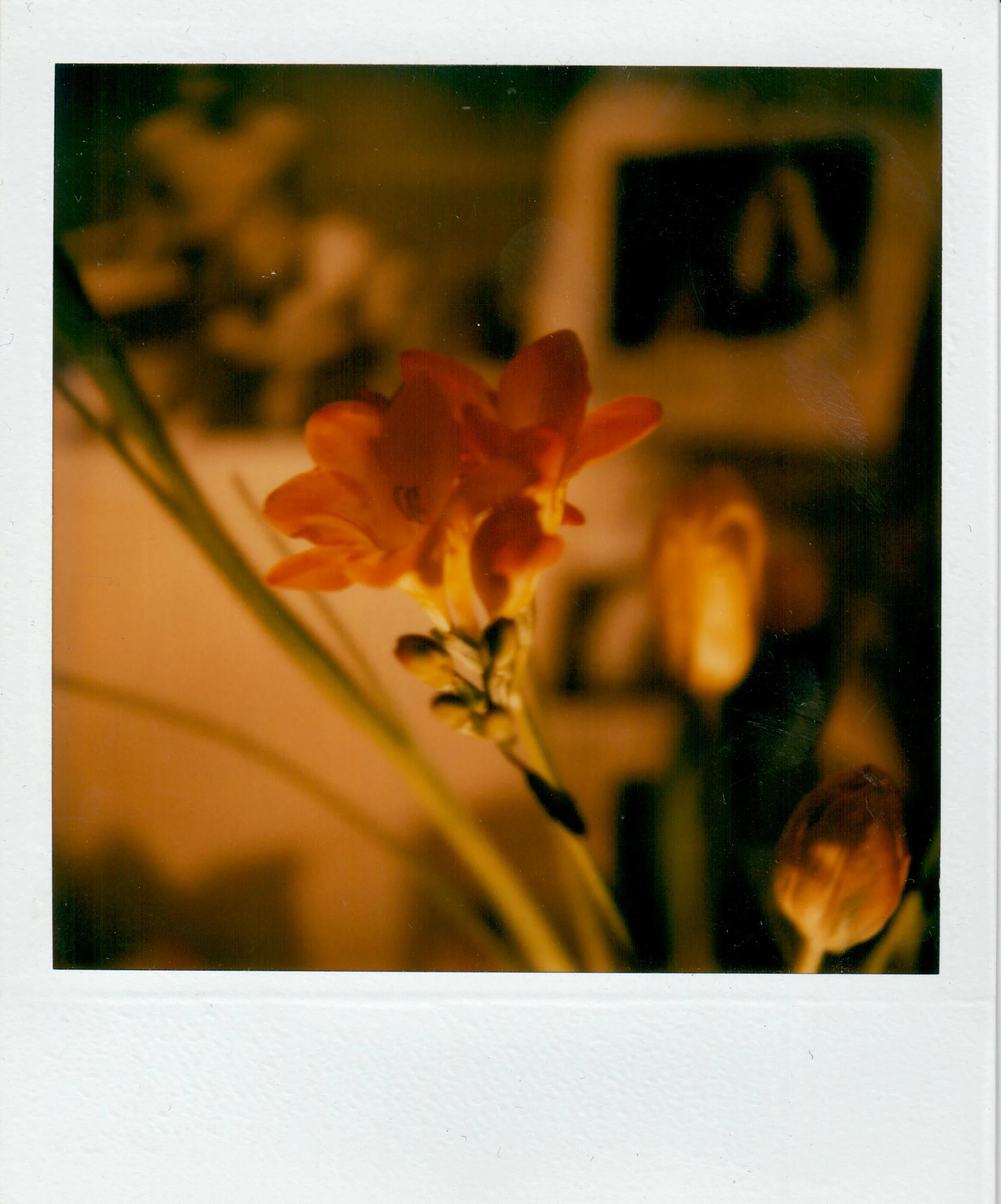
The proliferation of affordable and high quality cameras today—not least in phones—means that millions are now making films about their lives, charting their observations of the world just as Auder has been for over five decades. He’s thrilled: “I was right on the money! Now everyone’s a filmmaker. They’re mostly bad ones, but there are also some great ones. It’s amazing.” For Auder the ubiquity of technology has allowed people to at last accept film’s universality. “Now, finally, we have realised that film is not just this little window, it’s not just Hollywood, it’s the expression of the world. I'm embracing that. I look at Youtube, Instagram, TikTok… I see amazing work. It breaks all the rules, like I did in 1970,” he says.
Auder’s work is perhaps easiest imagined in aggregate: as a genre-defying library of images spanning formats and decades, allowing a viewer to see the life he’s lived in the very particular way he sees it. “A good writer puts words together in a way that creates a style and a specific type of work. That makes it interesting. I am like a writer but with moving images. My style is the unifying factor… When I look at my photos together as an entity, I think it’s valid. It’s specific. It’s true to how I see the world.”
Platform
This is a feature made in collaboration with Platform, a site that offers people the opportunity to easily buy artworks from some of the most exciting contemporary artists in the world. We work with them each month to highlight one of their selected artists.




